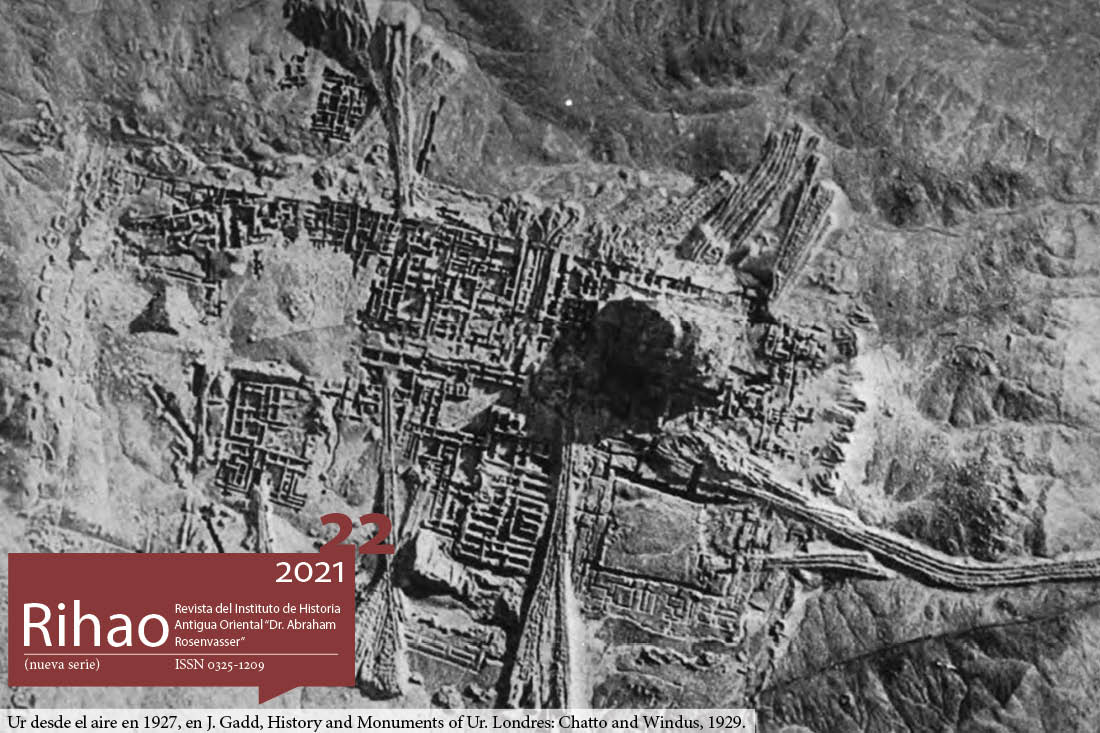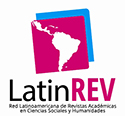Ciudades emblemáticas del pasado: de la ciudad primigenia (Uruk-Warka) a la megalópolis arquetípica (Teotihuacan)
Résumé
Este trabajo aborda un tipo particular de asentamiento urbano que fue excepcional en su área, y constituyó un arquetipo en el centro de México; se trata de un asentamiento que experimentó procesos precoces de cambio en lo que V. Gordon Childe denominó “la revolución urbana”. Cuando se compara Teotihuacan (durante el periodo Clásico de Mesoamérica, 100-650 d.C.) con los primeros asentamientos urbanos de la Baja Mesopotamia durante el periodo Uruk tardío (3500-3100 a.C.), como Uruk-Warka, las respectivas transformaciones cualitativas que implicaron estos procesos crearon formas innovadoras de vida civilizada, un nuevo tipo de sitio en cada región, y novedosas formas de interacciones sociales y especializaciones en la población urbana. Sin embargo, existen diferencias entre estas dos regiones que deben ser enumeradas. La jerarquía desarrollada de asentamientos con cuatro niveles que es característica de la Baja Mesopotamia no está presente en la cuenca de México durante el periodo Clásico; la retícula urbana ortogonal y la sociedad multiétnica de Teotihuacan son nuevos fenómenos no compartidos por las ciudades tempranas de la Baja Mesopotamia, aun cuando probablemente se presentaron en el valle del río Indo algunos siglos después.Téléchargements
Les données sur le téléchargement ne sont pas encore disponible.
Publiée
2021-11-30
Comment citer
Manzanilla, L. R. (2021). Ciudades emblemáticas del pasado: de la ciudad primigenia (Uruk-Warka) a la megalópolis arquetípica (Teotihuacan). Revista Del Instituto De Historia Antigua Oriental ’Dr. Abraham Rosenvasser’, (22). https://doi.org/10.34096/rihao.n22.10915
Numéro
Rubrique
Dossier. Ciudades y urbanismo en el mundo antiguo





.jpg)








